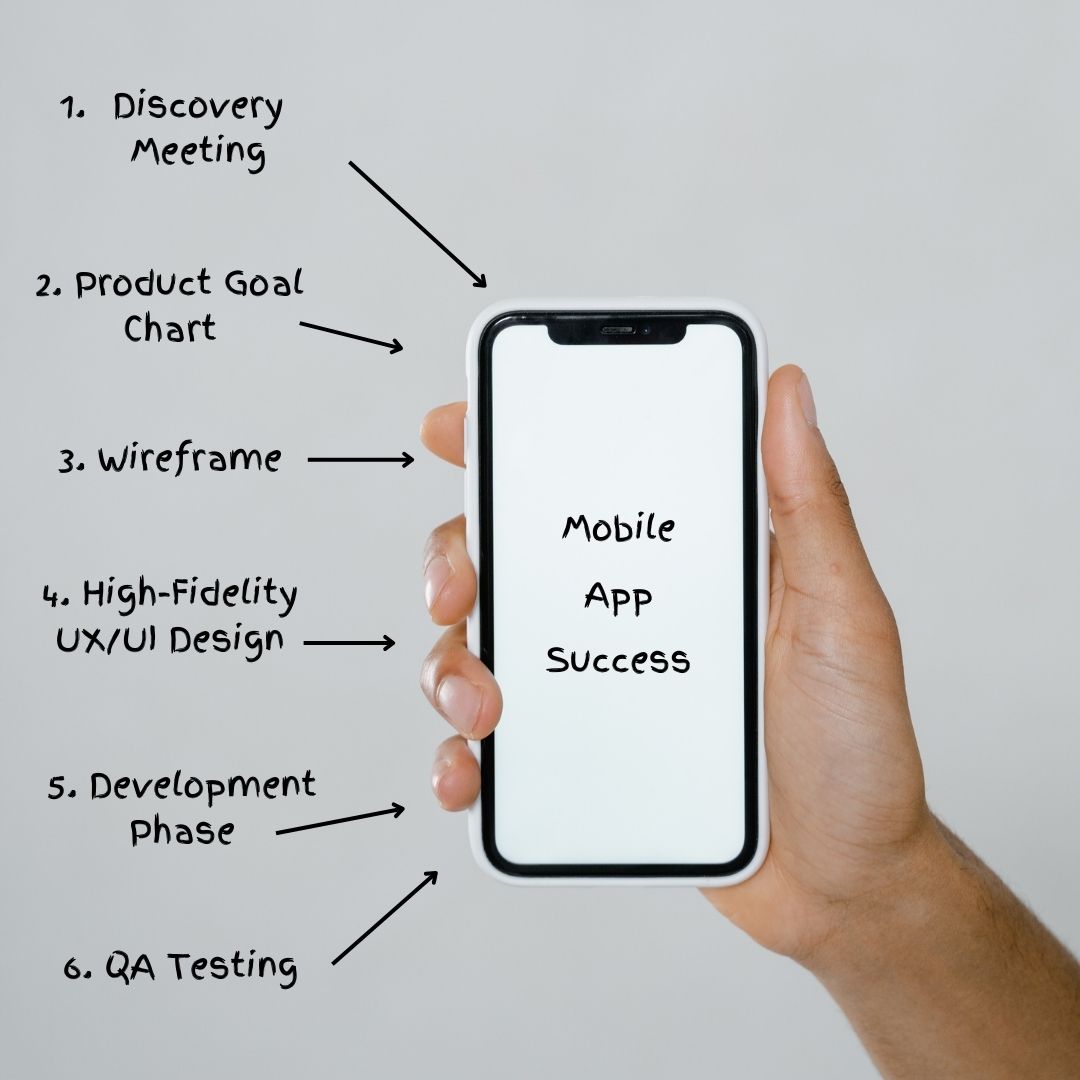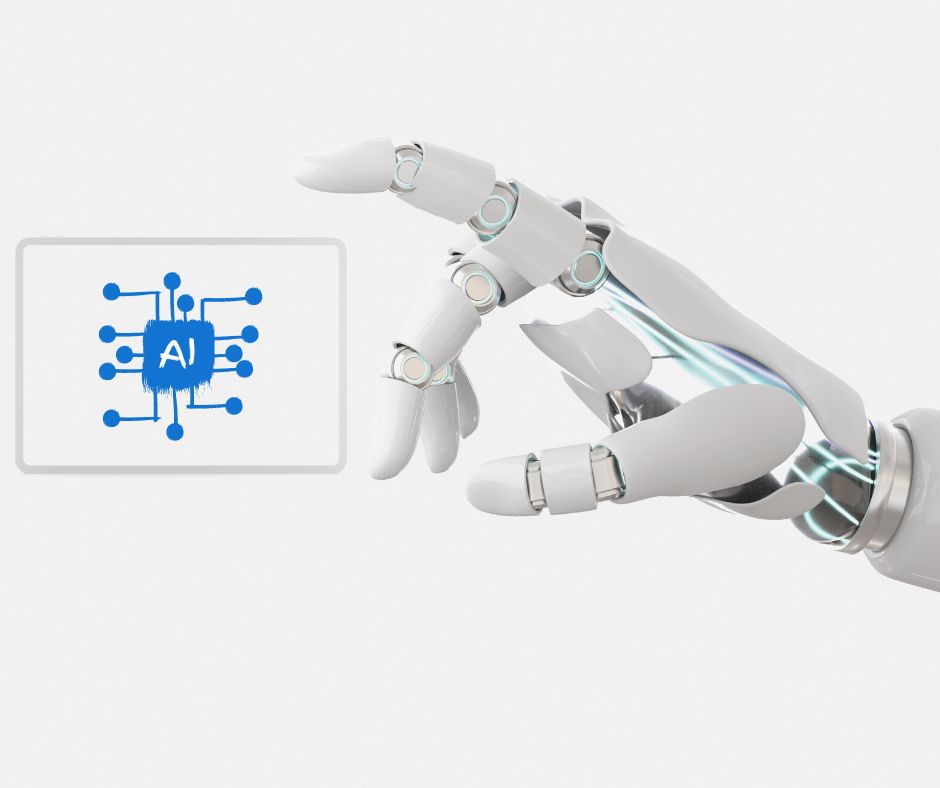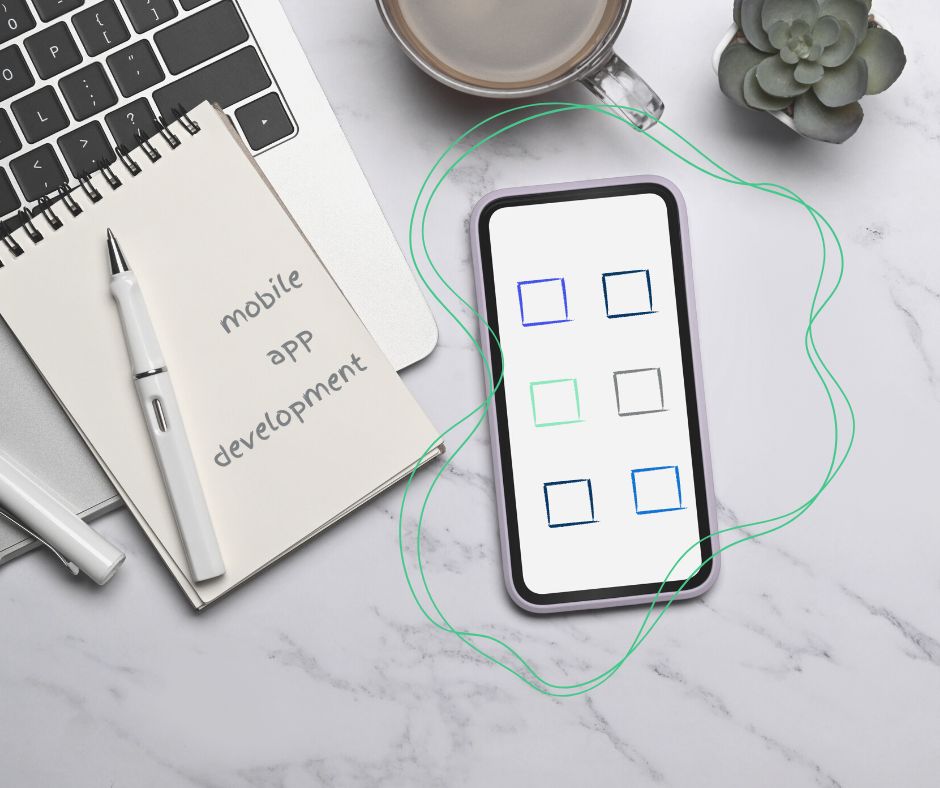
Ever since the dawn of development, it seems the concepts of speed and quality have been at odds with each other.
I think we can all agree that it’s really hard to balance the two.
How do we get software developed quickly, without compromising quality??
Enter: Lean Software Development.
How the Lean Software Development Methodology Came To Be
The use of this methodology isn’t limited to just software development. This concept of “lean thinking” has been around for a long time, now being utilized in industries like healthcare, banking, product development, and many more.
We can thank Toyota Motor Company for coming up with this concept of Lean Thinking.
After an in-depth study of their production system, Toyota developed this thinking framework as a way to be impossibly efficient and eliminate waste, in order to offer innovative products while minimizing costs.
They were able to sell their cars at a much lower price than U.S. manufacturers when they hit the U.S. market.
This framework worked so well that it was a mystery to the outside world. How did Toyota manage to continually push out new products cheaper; products that didn’t look quite as fancy, but products that consumers bought nonetheless??
Everyone wanted to know their secret.
Fast forward to today, and this Lean Thinking framework has been applied to industries around the world. It helped Toyota get their priorities straight and create impressive products without wasting time and resources, and it will help you in software development too.
What is Lean Software Development?
Now back to the context of software development.
Lean Software Development (LSD), is a framework for optimizing time and resources in development, in order to streamline the process and eliminate waste.
This process helps developers to decrease effort and cost, and more efficiently develop a product that only has necessary features. Focusing on the most essential features is crucial to best prioritizing, which in turn saves valuable time in not developing features that won’t further the product as effectively.
This is also known as Minimum Viable Product (MVP). You’ve most likely heard this term.
It means to release a product with the minimum features necessary to viably function– a product stripped to essential core features only, so as to not waste time drumming up extra features before getting feedback.
This is useful to then test the product, see what users like and dislike, and then finalize the product based on this user feedback. No time wasted guessing. And a better focus on what matters most.
Have you heard of the 80/20 rule in UX Design?
It applies perfectly here.
The rule says that a designer should spend 80% of their time on the top 20% of features that a user will care about, and just the last 20% of their time on the bottom 80% of features.
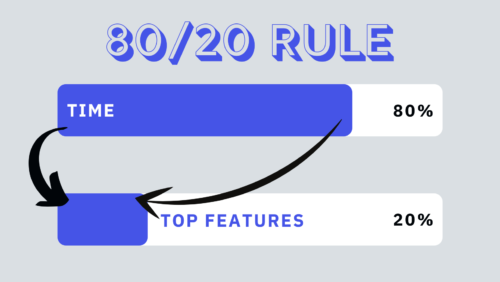
Using Lean Software Development not only helps save time and resources, but also helps developers focus their mindset on the user and their needs.
Overall, you’ll succeed better if you focus on what’s most important to users. And utilizing the Lean Software Development principles will help you do that more efficiently.
7 Key LSD Principles:
Let’s go into detail about the 7 key principles that make up the Lean Software Development framework, so that you can apply and implement them in your development process if you choose.
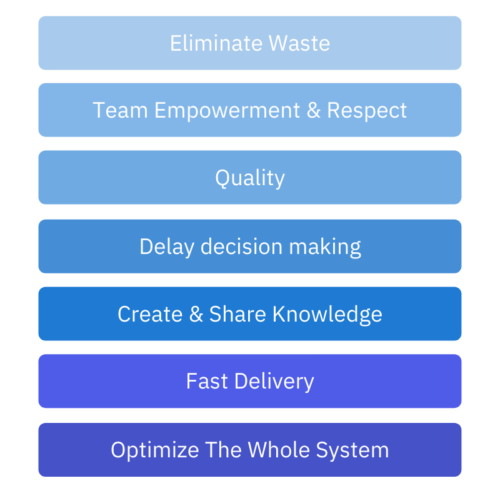
Eliminate waste
To save precious time, evaluate and eliminate waste wherever possible. Look at everything and ask, “does this add value to the product?”
If the answer is no, it’s gone.
Ruthless, yes. Effective, also yes.
This could mean:
- Bureaucratic processes
- Unnecessary code or software features
- Data duplication
- Inefficient communication
- Unnecessary regular meetings
- Starting more than can be completed
- Task Switching
Take a good, hard look, and keep only what needs to stay.
Team Empowerment & Respect
While eliminating waste, though, make sure to remember that team morale is important. This principle is often neglected, which is why we want to emphasize it.
Team empowerment within the LSD framework looks like:
- Empowering each other to do their best work
- Communicating proactively
- Have a set process for onboarding
- Consistent, open feedback
- Encourage healthy conflict
Quality
The LSD framework prioritizes quality. The purpose of streamlining your development processes is to ensure you can create high-quality products.
To ensure this, utilize methods like Test-Driven Development (TDD), where features and products are consistently tested and decisions are made based on data results.
Also, provide opportunities for developers to give consistent feedback in order to improve quality.
Delay Decision Making
This principle of LSD fits nicely with ensuring quality. Essentially, this principle says:
Don’t make decisions without data first!!
This doesn’t mean being flaky or irresponsible in making decisions, it means making smart decisions. Make decisions on time, but not early–before having the necessary information.
This also goes back to creating an MVP. Only once you have data about what users really do and don’t need, can you make good decisions on what’s important to spend your time developing.
Applying this principle will help you develop high-quality products that users value. It will also help you not commit to things too quickly that you’ll regret later.
Create & Share Knowledge
To have all the right tools to develop high-quality products, you need a strong internal team. This principle of the Lean Software Development methodology means that the more knowledge that is accessible to your team, the better off they are.
This means:
- Developing opportunities for developers to share knowledge they gain with each other
- Creating the infrastructure to document and retain learning, so it continues to benefit the team
- Pair programming
- Code Review
- Facilitate an environment where developers can ask questions
Fast Delivery
Because developers are only producing a Minimum Viable Product in this framework, the idea is to fail quickly in order to learn quickly. You can be much faster since you’re focusing on a bare-bones product, and then get results that are helpful much earlier on.
It is essential to learn from results and then be able to utilize them to improve. Rather than create a complex product with many features that may be a flop, really think about what’s necessary, and then get feedback to see what features to add that users really do want.
The idea is that working less actually gets more done? It’s not about working harder, it’s about working smarter. Only spend time on essentials, test it, gather feedback, and only then add onto the product.
Optimize the whole system
The idea here is to look at the entire process as a whole, and optimize it.
Make sure that there’s a clear path to completing projects, and that the workflow is, well, flowing.
It’s important to instill a sense of shared responsibility in each project. When everyone understands that they play an integral part in the project as a whole, morale is higher and work gets done more efficiently.
Should Your Team Use LSD?
Will your team thrive using the LSD methodology?
Overall, Lean Software Development is hugely beneficial for companies looking to cut down on fluff, prevent loss from overproduction, and increase team involvement.
If your development process feels clunky, or you feel that unnecessary time is being spent, LSD could help your team thrive. Developing a simpler, repeatable process through LSD can be a lifesaver.
There are weaknesses within this framework to be aware of.
Namely, the framework relies heavily on the team. If you don’t have trust amongst your team, it may be problematic to implement LSD. This also makes it less scalable.
Lean Software Development also relies on good documentation, and a failure to keep up on this will also cause issues.
Bottom line:
The biggest reasons to switch to the Lean Software Development methodology are for help with time-saving, process streamlining, and team-building.
Could your team benefit from improving on these things?
If so, then we recommend implementing Lean Software Development! If you need help developing this concept and would like to book a consultation, our team at DevSimplify can help you through the process!


